Fenestration Solutions for Efficiency and Performance
One property that proved Kistler's prescience is their very low density, with aerogels comprising as much as 95 to 99 percent air or other gases, giving them the lowest densities ever recorded for any materials, let alone building insulation. They also admit plenty of light, thanks to their relatively high VT values. Utilizing a nanotechnology solution, some of the aerogels applied to window and skylight systems provide a valuable, highly effective thermal insulator that is also environmentally sound, according to Wasco's Reeves. “On a nanoscale, these aerogels permanently stop connective, conductive thermal transfer without an appreciable drop in light transmission,” he explains, yielding good thermal performance and glare-free, full-spectrum diffused light.
A skylight assembly with an aerogel was used for the nation's first LEED Platinum grocery store. Architect Rick Ames, AIA, LEED AP, of Boston's Next Phase Studios worked with the green building consultant Gunnar Hubbard, AIA, president of Fore Solutions, and daylighting consultant Clanton & Associates to develop a design using more than 50 thermal skylights for both general and task lighting and to achieve optimal daylighting conditions in critical areas of the store. The double-paned, polycarbonate glazed skylights are insulated with a layer of lightweight, translucent aerogel. The aerogel-enhanced fenestration provides good insulating values and SHGC values, adding up to openings that are about six times as energy efficient as conventional skylights. Shoppers below enjoy diffused, glare-free full-spectrum daylight, which studies show can have a positive effect on worker productivity and can even boost sales.
This introduction of good-quality daylight is increasingly important to design teams, says the architect Walker. “Some products, such as self-tinting windows, can create a natural color shift that affects the interiors of buildings,” he explains. “So you need to select finishes, fabrics, and coatings for the interior with that expected color shift in mind.”
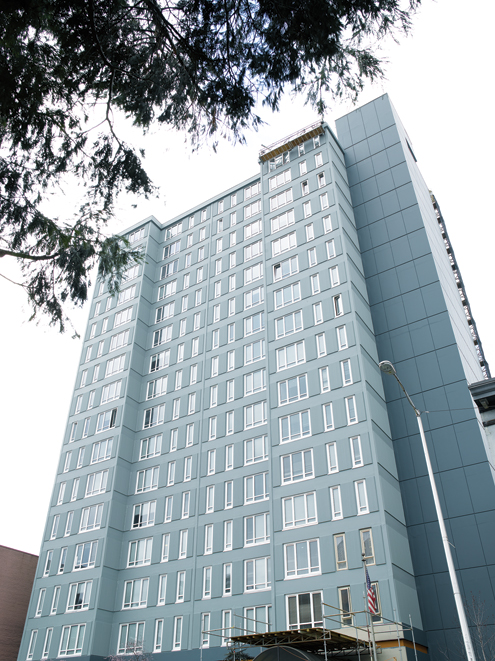
Photo courtesy of REHAU North America
The architect DKA worked with the Seattle Housing Authority and contractor W G Clark Construction to replace all the windows in the 118-unit, 17-story Bell Tower in Seattle with efficient tilt-turn windows.
Another key consideration for window and door selection is structural and impact resistance, says B.R. Fries' Brody. “For skylights and sloped glazing, you need to consider all the loads that can cause positive or negative design pressures, including wind, snow, and dead loads,” he says. “When designing vertical systems, one of the main issues is whether the project is in a high-wind area or subject to special codes for severe weather.” According to AAMA, the building's exposure category and design wind speed dictates the needs for special inspections, such as the Exposure Category D, which calls for special inspections of buildings near oceans or large lakes where design wind speeds are at least 110 miles per hour.
“ANSI and UL tests for window assemblies vary dramatically depending on the climate and jurisdiction,” says the architect Walker. “There are places where we naturally expect very strict requirements, such as in Miami and Oklahoma. So it's both a global and a local issue.”
Active Design and Passive Thinking
Window selection is often driven by occupancy mix and activities as much as energy efficiency goals or comfort needs, adds Walker. For example, the architecture firm SmithMaran recommends allowing for operable windows to increase natural ventilation, but building-wide control of ventilation and related HVAC operations must be considered. “Also, there are window types that allow for ventilation at the top or the bottom, which is advantageous in certain kinds of spaces,” he adds. “But occasionally you create a ventilation short circuit, where fresh outdoor air comes in at the bottom and just rises and escapes above.”
When it comes to egress, there are similar complexities depending on the occupant mix. For example, in many commercial spaces the window systems double as means of egress. In these cases, the architect may work with the owner improve the fenestration design for fire safety and other life-safety reasons, especially in hospitals, universities and similar facility types. On the other hand, elementary schools and multifamily buildings may need to limit the opening of windows to protect children, so those can't serve double-duty as egress.
In these cases, active facility management and occupant education can be helpful, as well as selection of a suitable window type.
Exemplifying the twin challenges of occupant preferences and energy efficiency is the Passive House standard. This is a set of design principles used to “attain a quantifiable and rigorous level of energy efficiency within a specific quantifiable comfort level,” according to Passive House Institute U.S. (PHIUS), which promulgates the approach. The underlying directives are essentially six building-science principles that apply to both residential and commercial projects:
• continuous insulation through the envelope without thermal bridging;
• a very airtight enclosure to limit air infiltration or loss;
• the use of high-performance doors and windows, such as triple glazing;
• balanced heat- and moisture-recovery ventilation and minimal space conditioning;
• and managed solar gain for controlled heating and minimized cooling needs.
Door and window makers have risen to the challenge, in part motivated by the focus on fenestration components. For example, a project called Bernhardt Passive House on Vancouver Island, British Columbia, Canada, employs large, energy-efficient doors and windows. Designed by Greg Damant of Cascadia Architects in Victoria, the project comprises a two-family residence for a young family of four, with active grandparents in a suite, according to Bernhardt Contracting.
“Windows exposed to winter sun provide most of the heating for the home, but cannot provide the thermal performance of a wall,” according to Bernhardt Contracting. “Glazing is therefore planned to maximize solar heat gain in the winter through south-facing windows that are shaded in warmer months, and minimize north-facing windows. East and west-facing windows require shading from morning and afternoon sun in warmer months. Where windows are not shaded by deciduous trees, roof overhangs or trellises are planned.”
The contractor adds that they “have chosen to install great windows,” focusing on thermal comfort and long-term air tightness for greater design flexibility and larger window areas. Using a number of European-style tilt and turn windows and doors, with a certified fiberglass/uPVC frame having a U value of 0.79 and triple-glazing with edge spacers designed to giving a glazing U value of 0.73.
“Windows and doors are some of the most critical components of Passive House construction,” the contractor's website confirms.
Endnotes
1. http://windowanddoor.com/article/codes-standards/international-code-requirements-windows-doors
2. Menck Windows “Classic High-Performance Windows” brochure, 2014, Chicopee, Mass., Classic Sales Sheet_FIN
 |
 |
 |
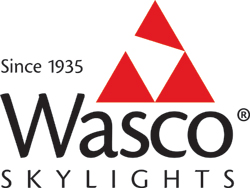 |
Notice

www.dowcorning.com/construction
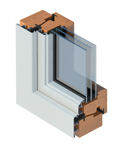
www.menckwindows.com
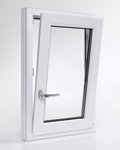
www.na.rehau.com/4500
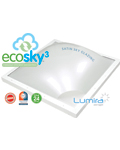
www.wascoskylights.com/ecosky3








